Recording: The Indigo Henna Vat with Shibori Techniques
$75.00
In stock
Description
Recording: The Indigo Henna Vat with Shibori Techniques
Video recording of the workshop taught by Kathy Hattori
Indigo is the fabled blue of legend, history and culture and has fascinated artists and scholars for centuries. Indigo is the most popular dye that we carry and there are different ways to make an indigo vat for dipping. One of our favorites is the 1-2-3 Henna vat, where henna, this unique natural dye and body tattoo (mehndi) paint plays an integral part of an indigo vat, yielding beautiful results.
Join me as I instruct you how to create the henna vat in a 5-gallon bucket. We also cover the differences between the henna, fructose and iron vats. I’ll review five simple shibori techniques that will allow you to create beautiful patterned fabric, and hints and tips on getting clear shibori patterns. I’ll demonstrate the secrets to deep color, how to balance the vat, scaling up to larger vats and how to revive a vat and close the vat for storage.
You will leave this class with a clear understanding of how to build a henna vat, dip, create shibori patterns, put the vat to bed and store it.
You will have video access until January 1, 2026
How the workshop is structured
- This workshop is a Vimeo recording of the workshop that we held in June 2025
- You will be able to download all the PDF, video link and presentation information upon purchase. There are 4 documents to download.
- Video access until January 1, 2026.
Materials List for the Henna Vat
- 100 grams of powdered indigo
- 200 grams of calcium hydroxide
- 300 grams of henna powder
- 5 gallon (20 liter) bucket with a lid. This is a good size to run experiments.
- Spatula
- Long Handled Stirring Spoon or heavy dowel
- Gloves
- Kitchen Scale that weighs in grams
- Paper towels
- Scissors
- Access to boiling hot water.
- Measuring cups and spoons
- Stirring spoons
- A pitcher that can hold about a quart/liter of water
- Containers for mixing indigo, henna and calcium hydroxide separately with water – approx. 1-2 quarts/liters each. These can be plastic containers or non-reactive metal.
- Thermometer
- 2 clean large containers for soaking and rinsing.
- Tarp or dropcloth to protect surfaces
- Fabrics for dipping – we will send detailed information on suitable fabrics to use.
Tips for setting up your work area
- Get comfortable. Create a work area that is a good height for the indigo vat, so you aren’t unnecessarily stooping or reaching.
- Protect any work surfaces. You can either dip standing up (using a table or countertop), or sitting (using a low bench or cinder blocks to put your indigo vat bucket on).
Questions? email [email protected]
Only logged in customers who have purchased this product may leave a review.

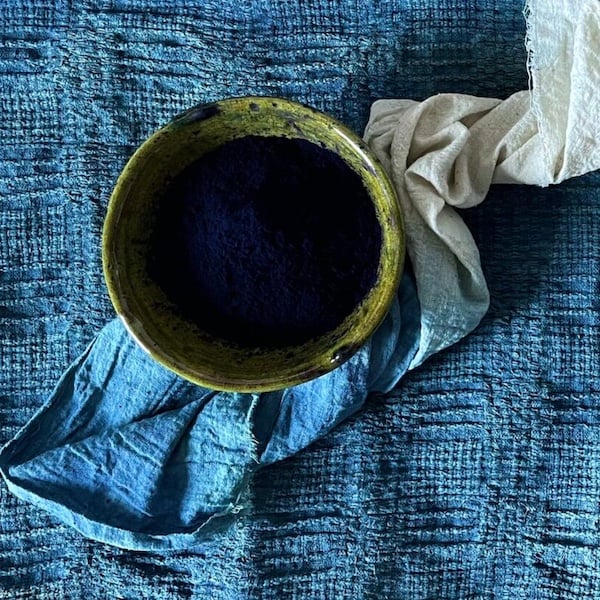
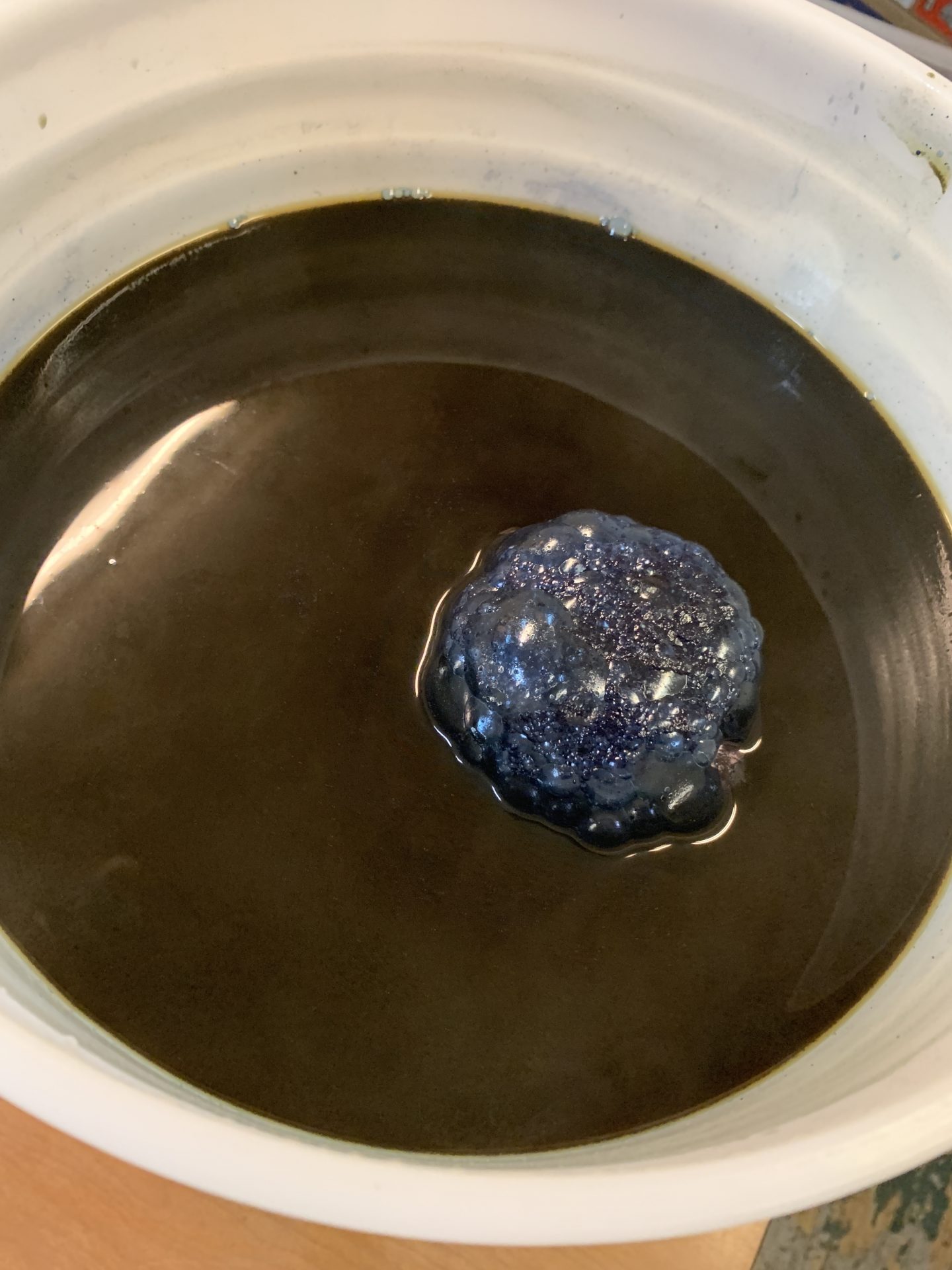
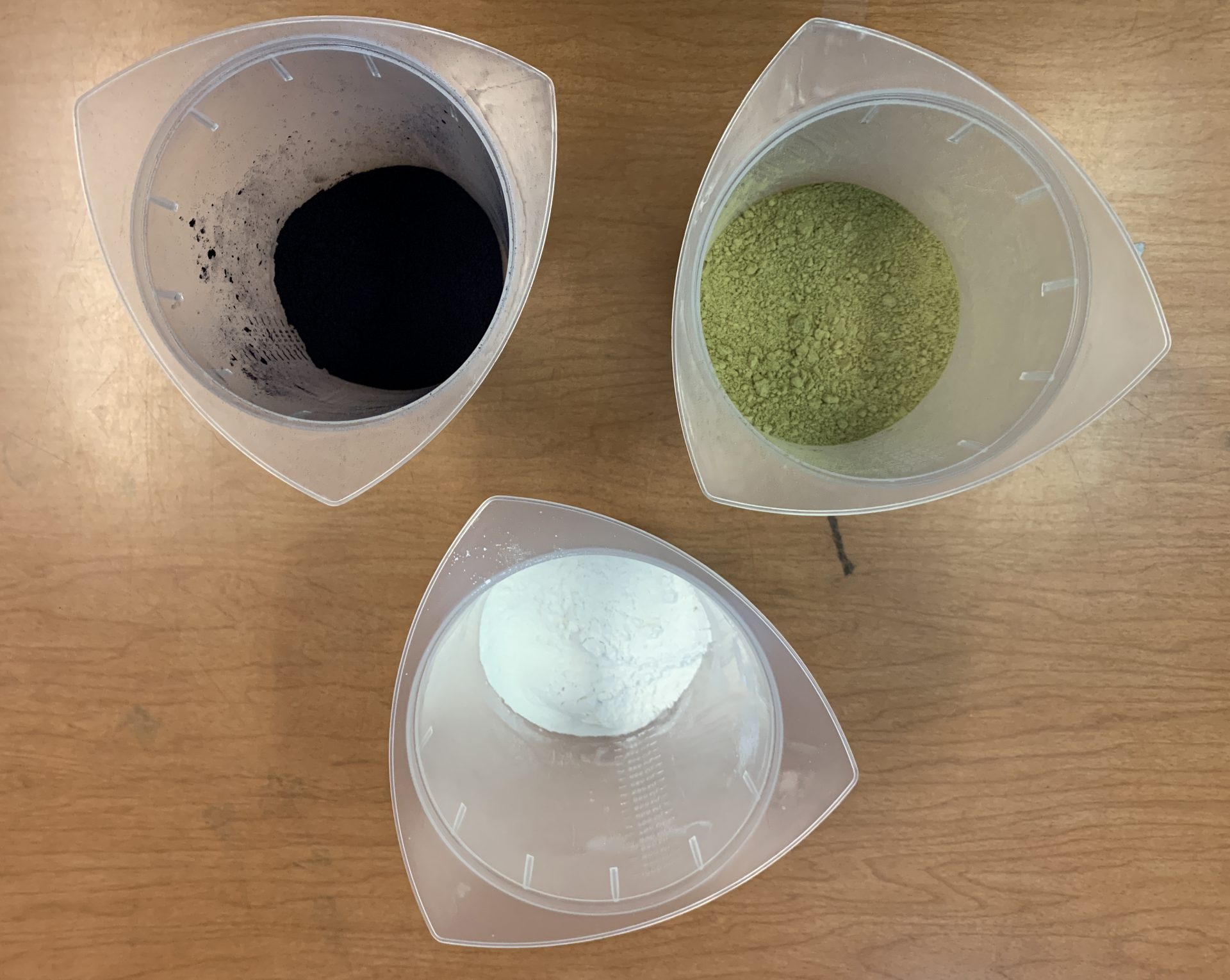
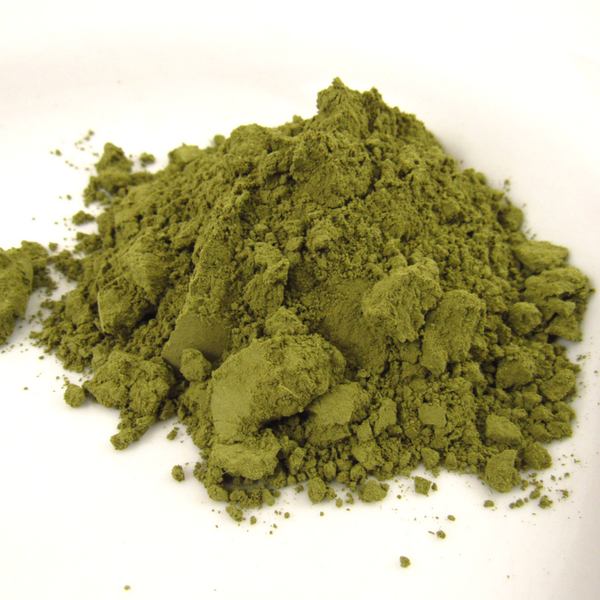
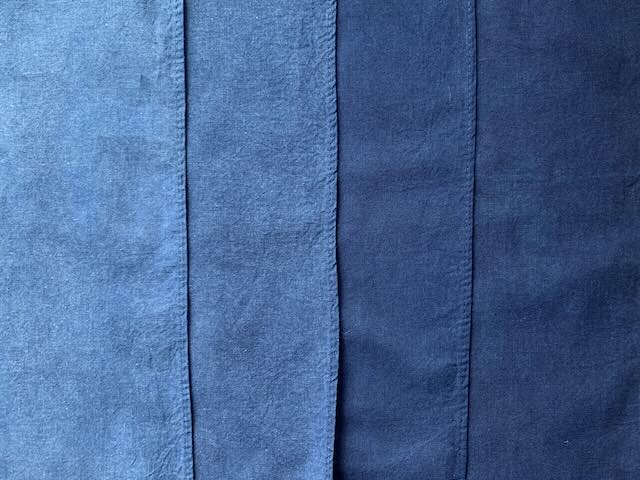
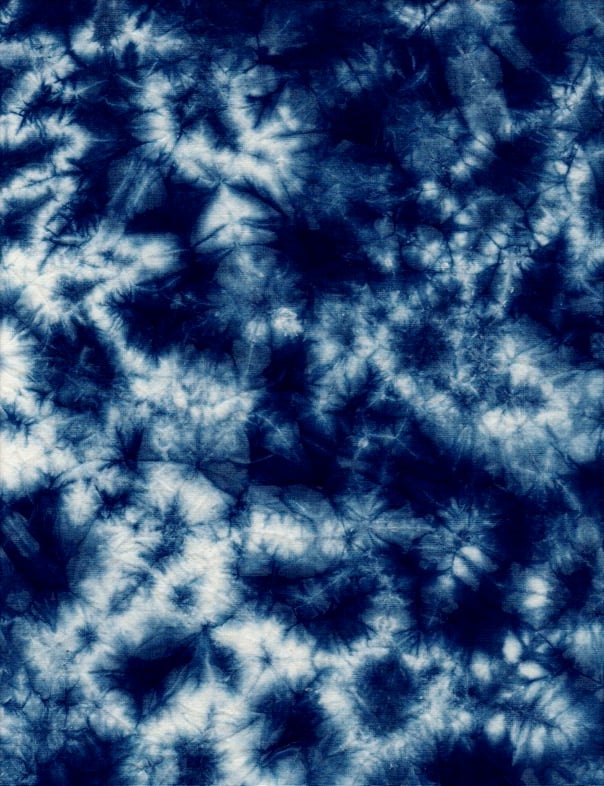
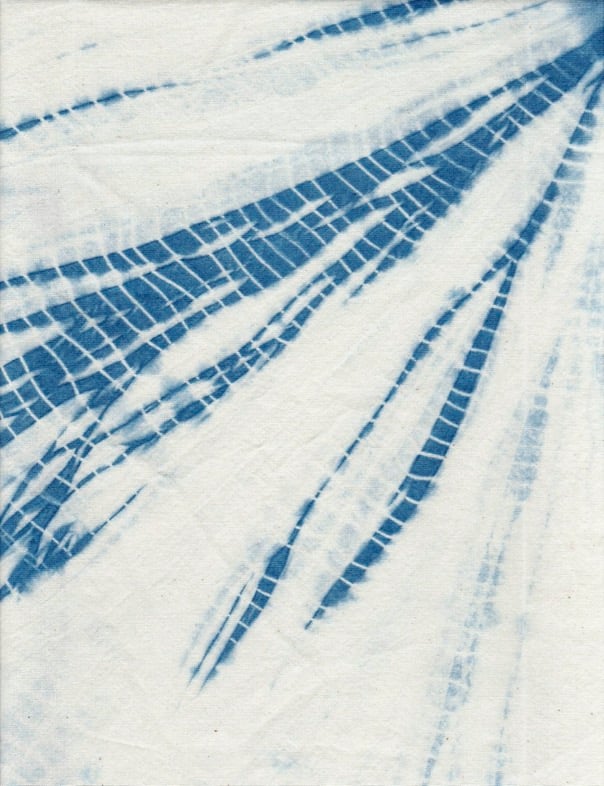
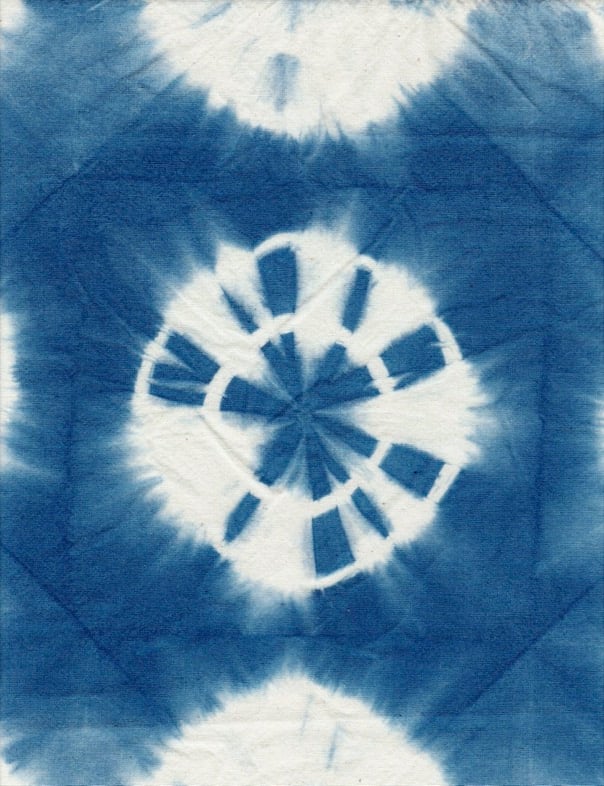
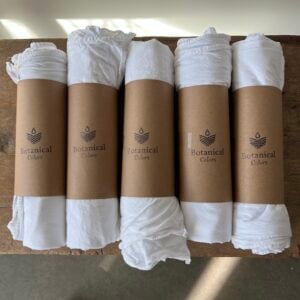
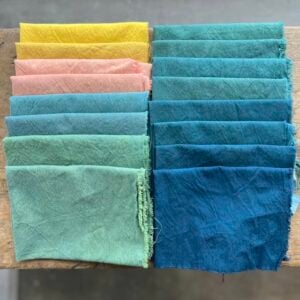
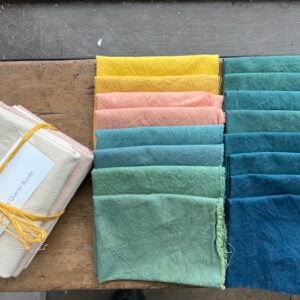
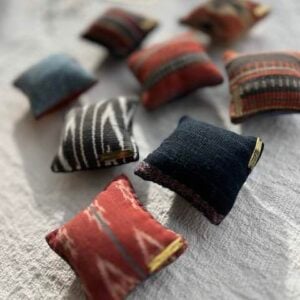
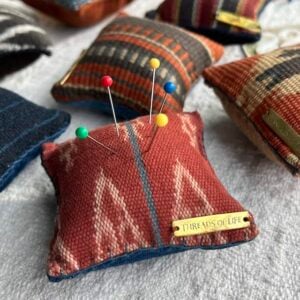
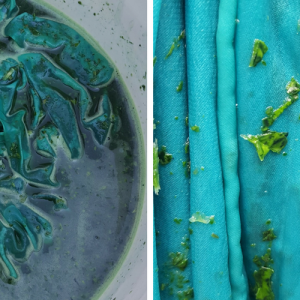



Reviews
There are no reviews yet.